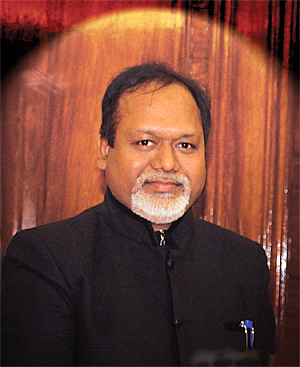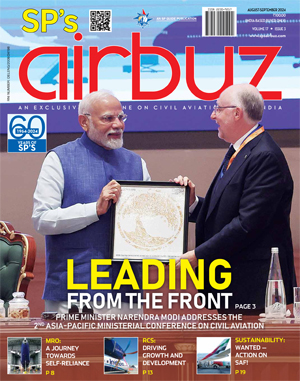Editor’s Note
Most major Middle East Airlines have ‘Executive Arms’ catering to the burgeoning demand for Private Aviation. Going forward, perhaps Airlines in India also will find it plausible to add Private Aviation to their portfolio. It is a feasible option and could expedite their path to profitability.

Driven by advances in infrastructure, technology, technical support and talent, as well as the return of mega events, the rise of business aviation is a trend we are witnessing not only in the Middle East region but in many key markets internationally. What is different in the region is that the leading airlines like Emirates, Qatar and Saudia, all have their Executive Aviation Arms offering Private Aviation to customers that wish to travel exclusively with friends and/or family. Given the extensive infrastructure and manpower already put in place for their commercial operations, adding Private Aviation to their repertoire is much easier for airlines. Rohit Goel gives an overview of the diverse yet exquisite services being provided by the Executive Arms of Middle-East Airlines on their most modern fleet of business aircraft.
The Indian aviation industry is at the cusp of transition. Along with new airlines, consolidation trends are also being observed. In one case, Air India has commenced the process to merge AirAsia India with Air India Express by end-2023. They are also likely to merge Vistara under Air India too. This consolidation could allow Air India to be the second largest airline in the country in terms of fleet and market share. A report on the merger by Ayushee Chaudhary is included in this edition. Giving a further peak into the Indian aviation sector post pandemic, Isha Jaiswal talks about the prediction of a full recovery by 2024 with a likely surge of domestic passenger traffic in 2023 and how the carriers will have to tweak their operations to capitalise this surge in demand. Also included in this issue are the significant challenges that remain on the aviation highway like fuel-efficient aircraft, air traffic services, training of workforce in various connected fields, etc as highlighted by Sanjay Bhatnagar in his report on Making India an International Aviation Hub.
To make a mark in the international market, sustainability is crucial. Pitching Biofuels for cleaner skies of India, Amol Nisal writes, since the cost of SAF is significantly higher than that of the ATF, policies are required to play a crucial role in SAF commercialisation in India. In another report, Time to Seize the Green Initiative, Joseph Noronha mentions the need to advance reduction of carbon emissions due to air travel and a slew of green initiatives. Another report on advancements in propulsion technology and airframes by Isha Jaiswal, discusses improvement of battery technology, modern materials and redesigning airframe advances, biofuels and 5G technologies.
On the path of advancement, Prime Minister Modi recently inaugurated Terminal 2 at Bengaluru airport that aims to multiply the passenger handling capacity. A report on this new ‘Garden Terminal’ in the ‘Garden City’ is also a part of this edition.
All this and more in this issue of SP’s AirBuz.
Welcome aboard and we wish you many happy landings!





